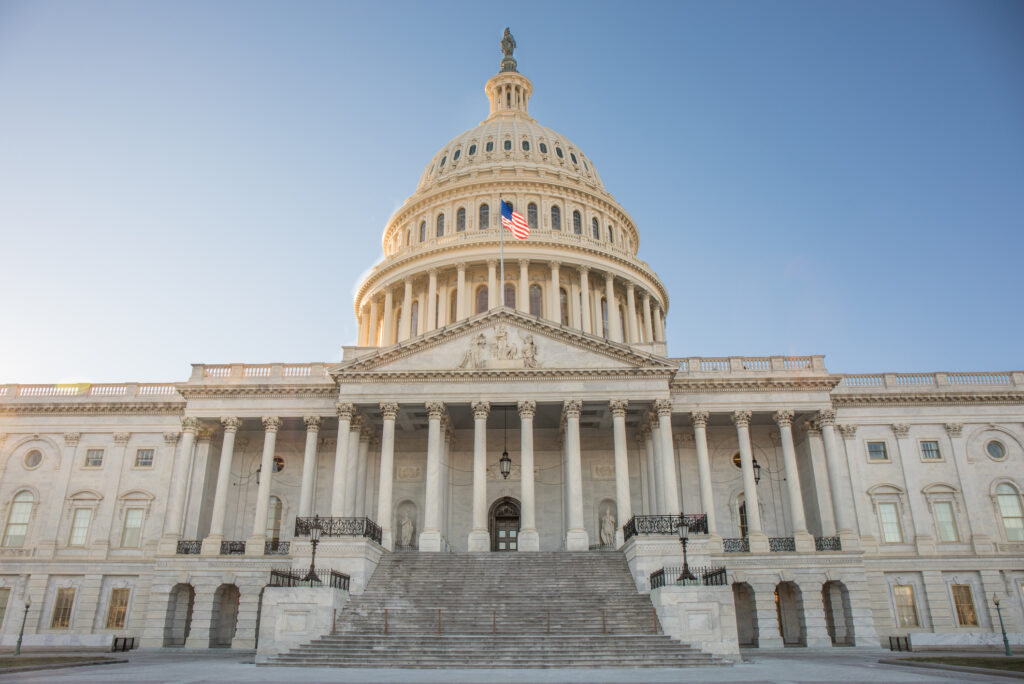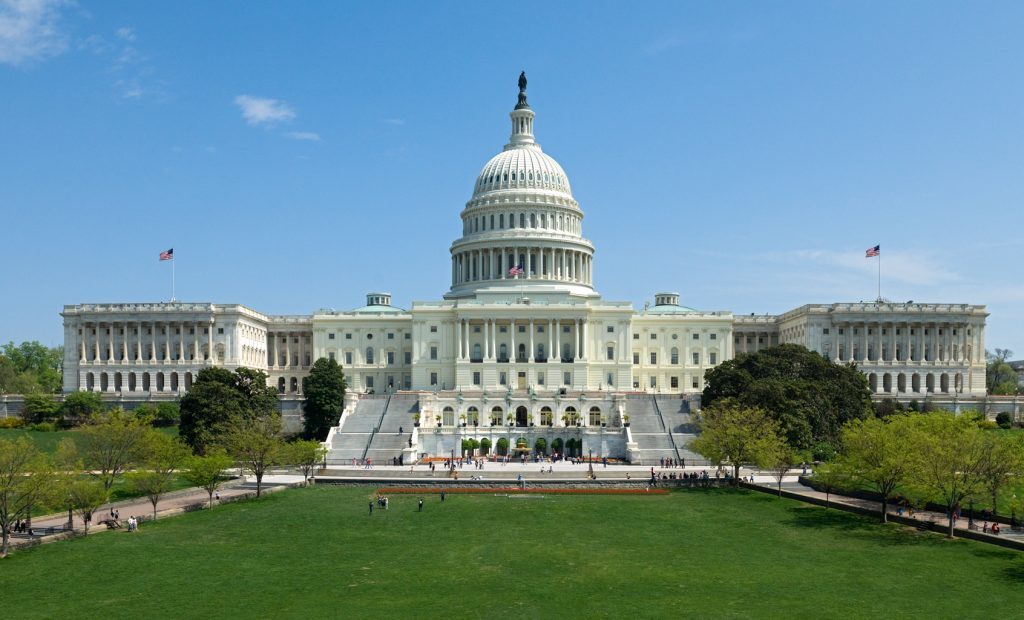Parents Received $1.5K More Under Temporarily Expanded Child Care Tax Credit

WASHINGTON, D.C. – First Five Years Fund’s new analysis of government data has found that previous expansions of the only tax credit designed to offset child care costs saved families $1,500 on care. Find state-specific amounts for all 50 states here.
The Child and Dependent Care Tax Credit (CDCTC) is the only existing tax credit specifically designed to help ease the burden of child care costs for working families. In its current form, the credit only reaches a small percentage of families and the value of the credit has been swiftly outpaced by the escalating cost of child care as it lacks any adjustment for inflation.
When the CDCTC was temporarily expanded and made refundable in 2021, parents received an average of $1,500 more to help offset the cost of child care.
- $2,099: The average amount of money parents received while the tax credit was temporarily expanded, up $1,548 from the previous year.
- $500-$600: The average amount of money parents receive today, after the expansion expired.
As FFYF Executive Director Sarah Rittling said: “Our new analysis shows that modernizing the child care tax credit – the CDCTC – could save families as much as a month of child care, or the equivalent of a rent payment. That’s a significant amount for families who are navigating the high cost of child care. Lawmakers introduced several bipartisan bills to expand this credit, as well as those that bring employers to the table, and we look forward to working with them to get this over the finish line.”
Recent FFYF polling also found a large majority of voters (76%) support increasing the federal child care tax credit (CDCTC). This includes 62% of Republicans, 74% of Independents, and 92% of Democrats. Click here to see active legislation to expand CDCTC.
Subscribe to FFYF First Look
Every morning, FFYF reports on the latest child care & early learning news from across the country. Subscribe and take 5 minutes to know what's happening in early childhood education.


